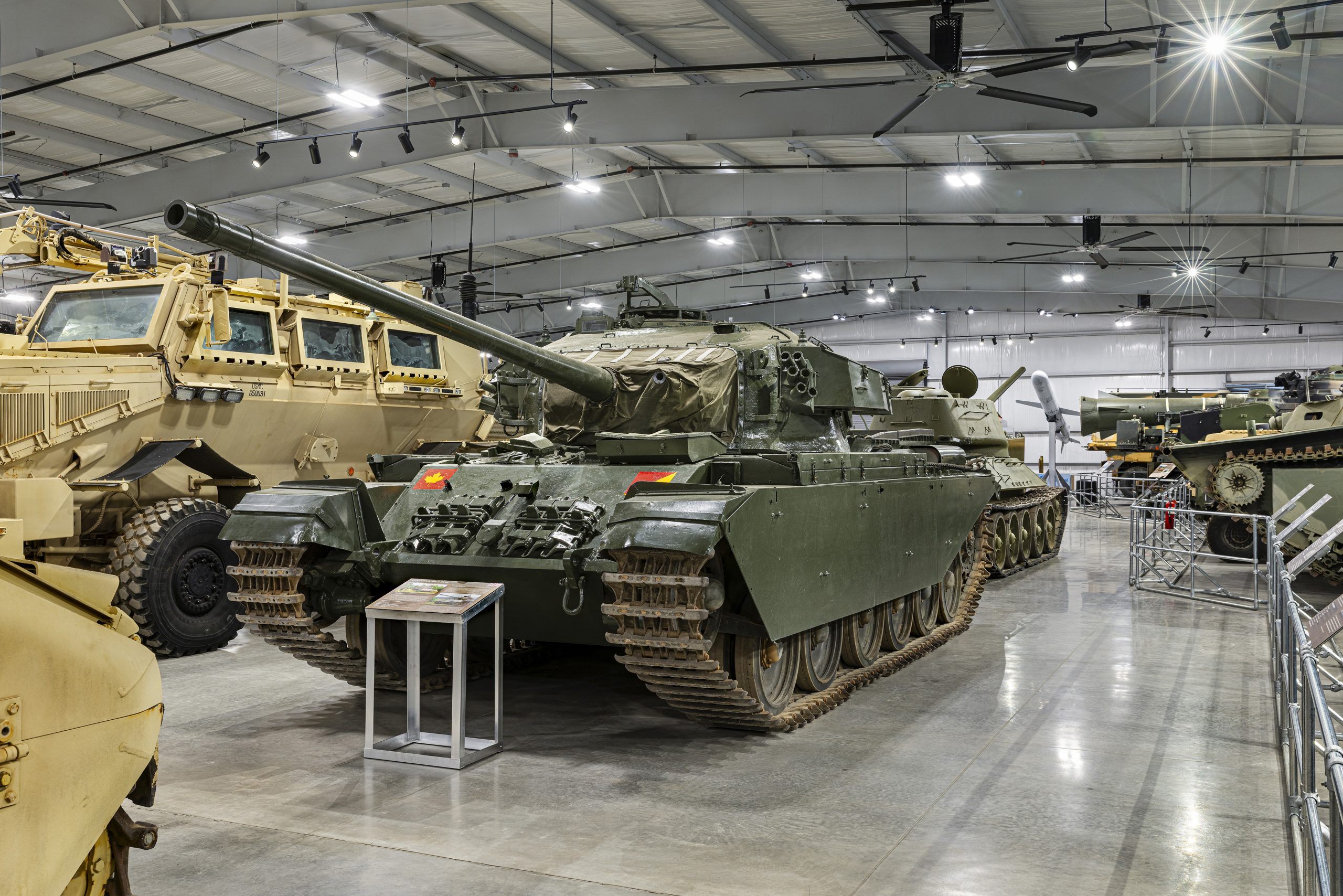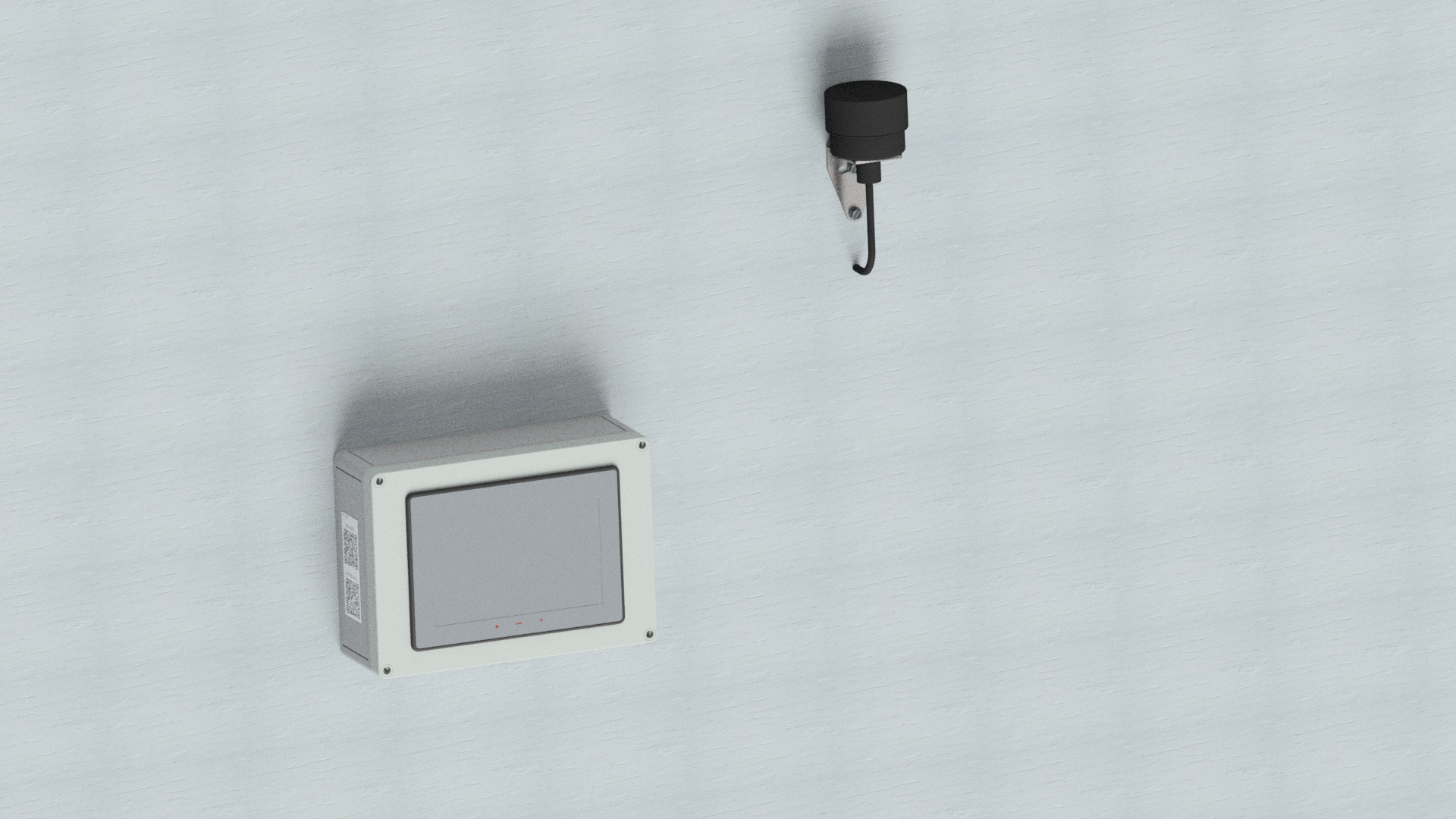7 HVLS Industrial Fan Considerations to Maximize Your Investment
Even though the world is seemingly becoming more complex, making the right decision about effectively and efficiently moving large amounts of air in your warehouse, distribution center, or industrial facility doesn’t have to.
However, when evaluating the need for high volume low speed (HVLS) industrial fans, every application has its own set of challenges. No matter what kind of facility you operate, the interior of every structure has a unique story to tell and different requirements.
Some interiors need constant cooling for product protection while others in cold climates require increased air circulation for even heat distribution. Other interior spaces stay dry year ‘round, while others have floors that notoriously sweat because of high humidity or become wet from outdoor elements getting inside.
The “why” behind HVLS industrial fan placement
Effectively and efficiently moving a large volume of air at a low speed is an HVLS industrial fan’s very reason for being. Anyone in the vicinity of an HVLS fan can’t help but notice its effects. However, many people never consider the “why” behind where a particular fan is located — especially when numerous HVLS fans are involved.
There’s more to HVLS industrial fans than many people realize. If your application requires multiple fans (four or more), you owe it to yourself to take the time to work with your fan provider to properly plan their placement. In the end, achieving your desired outcomes ensures that you’ll gain the maximum benefit out of your HVLS industrial fans investment.
Following are seven critical defining application design factors for HVLS industrial fans that when applied correctly, will add up to a smart investment.
1. Establish your goals early to ensure the right results later.
Determine what you realistically expect to achieve with HVLS industrial fans.
Once you’ve determined that your facility needs HVLS industrial fans, and aside from the basic considerations based on the size of your facility — such as how many fans you will need, how large in diameter the fans should be and where they should be located — now’s a good time to ask what are we expecting to achieve with our fans? What are our goals that we need to meet once the fans are installed and operating?
Asking those questions after your HVLS industrial fans are installed and operating is clearly not the right time to address such issues. It can be very costly to reconfigure a multiple HVLS industrial fan layout after the fact. Once your fans are running, the last thing you need is regret, wishing you had taken the time to study your goals after finding out that the fans are not providing the results you had anticipated.
2. General rules do exist (but there are plenty of exceptions).
Always remember that every site application is different.
HVLS industrial fan application planning requires more than just basing decisions on standard measurements and square footage. While general rules do exist, there are important variables that need to be taken into account.
One often overlooked variable is obstructions. Airflow from HVLS industrial fans can be obstructed due to:
- Solid walls
- Racking
- Stacked pallets
- Solid stacks of product inventory
- Machinery
- Lighting
- Electrical conduits/water pipes
- HVAC ductwork
There may even be additional obstacles that impede airflow such as bridge or gantry cranes, conveyors, signage that hangs from the ceiling and even safety nets. These types of obstructions all have an impact on fan size and the quantity of fans required.
Since obstructions are so disruptive to airflow, careful planning will ensure that your facility’s fans are properly spaced and, more importantly, that you don’t install any unnecessary fans.
3. Hot vs. cold: critical considerations between summer cooling and winter destratification.
Plan accordingly based on your local climate and your facility’s layout.
Correct HVLS industrial fan placement can have a tremendous impact on the level of cooling comfort for your employees during the summer when your facility’s HVAC system is working hard to keep temperatures cool inside while outside temperatures soar.
And during cold winter months, the heated air in your facility will rise to the upper most levels while the cool air sinks. That means the air in your facility has become stratified. It also means that the cost you’re incurring to heat your facility is being wasted. Instead of keeping your employees warm at the floor level, the air is trapped against the ceiling.
HVLS industrial fans will work hard during the cold winter months to efficiently “destratify” — or thermally equalize — the heated air with the cooler air layer beneath to provide the most optimal working temperature for employees in your facility.
4. Don’t slip up on wet floors, summer comfort or product protection.
Properly plan for moisture issues as well as the hottest months.
Three important HVLS industrial fan benefits includes improving workplace safety by:
- drying out wet floors
- keeping employees cool during hot weather, and
- protecting valuable perishables.
At warehouse docks, for example, HVLS industrial fans not only provide workers added comfort when interior and/or outdoor temperatures climb above 85 degrees, they also help dry out any wet floors that occur from outside elements that might make it through dock door openings when they’re not properly sealed.
Improper humidity control can also contribute to wet floors. HVAC systems that are not functioning properly can contribute to excess moisture buildup on a ceiling’s surface, causing the condensed moisture to begin dripping on the floor below.
HVLS industrial fans can help prevent condensation in the first place when properly sized and placed to produce the right amount of air circulation. For situations where wet floors are unavoidable, HVLS industrial fans will help keep floors dry with the proper air velocity at ground level.
5. More questions are always better than not enough questions.
A thorough site analysis is one of the keys to success.
The best way to measure the progress of your HVLS industrial fan planning process is to evaluate how genuinely interested your fan provider is about your specific application.
Are they just quickly assessing your needs to come up with a specific quantity of fans for you to purchase? Or, are they taking the time to clearly understand your goals, and then making a substantive and sound recommendation based on a thorough analysis of your environment?
Fluid dynamics computer simulation programs will only go so far to identify the solutions you require because they don’t take into account what actually is unique to your environment. That takes a thorough understanding of your unique space. In addition, environments often change, depending on your business, efficiency needs, innovation and the economy.
6. Typical industrial spacing is not always so “typical.”
Fact: every facility has very different needs.
Whether your facility needs to replace improperly spaced HVLS fans from another provider that are not meeting your requirements — or if you’ve reached the point where you can no longer operate your facility sufficiently without the benefits HVLS industrial fans offer — a fan provider that has an engineering mindset presents a big advantage.
Looking at your needs from an engineering perspective will help you understand why what’s referred to as “typical industrial spacing” will not work for all fan applications. All structures have different designs, building methods, as well as floor and ceiling obstructions that contribute to changing airflow patterns and essentially dictate where fans can be located. These various constraints and considerations also impact what size fan your facility will accommodate.
Adding HVLS industrial fans to your facility is much more than just pointing to specific locations and deciding that the fans will “look really good over there.” Or, using the rationale that you need to base your decision on the total amount of square feet in your facility to determine the exact number of HVLS fans you need.
7. Juggling multiple facility issues to achieve multiple solutions.
Why a one-size-fits-all approach is never your best option!
While every facility has unique airflow challenges, structures of all shapes and sizes often face a variety of simultaneous air movement issues that require different solutions.
One area of your facility might have stagnant air while another area has ongoing problems with wet floors. On top of that, you might have an area that your HVAC is trying to keep cool during the hottest months of the year, but it’s not keeping up.
The best way to handle these types of challenges is to address them independently. They may require different approaches to the layout process, such as placing fans in locations that allow the fans to work in conjunction with HVAC registers and discharge units, integrating the details of a racking plan to figure out how the fans should be properly positioned to drive airflow and eliminate stagnant air pockets, or placing fans to maximize airflow and eliminate moisture build up on floors.
Avoid potentially expensive mistakes
Based on what we’ve provided in this article, it doesn’t pay to run the risk of making an unsound decision — or worse yet — a series of potentially expensive mistakes about your HVLS industrial fan investment.
Making the wrong choice could end up costing your company or business thousands of dollars to correct if your HVLS industrial fans don’t end up providing the results you expected throughout your facility.
To learn more about EPIC HVLS industrial fans, as well as which approaches and solutions are best suited for your warehouse, distribution center or manufacturing operation based on a thorough site analysis, contact us by email: hvlsfans@4frontes.com or place a direct call to 866-696-2464.


